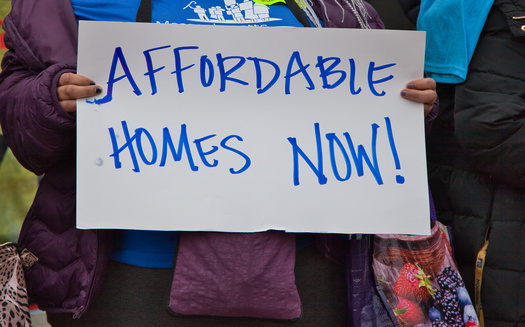
The Twin cities added 2,365 affordable units in 2018, a number that is considered well below the pace to meet current needs. (Adobe Stock)

Share
Elected officials and social-service groups are pledging to make affordable housing a priority in the Twin Cities. But one agency says the metro area could see even greater numbers of people needing help with housing.
The Metropolitan Council estimates that roughly 250,000 households are strapped, trying to find affordable places to live. It says over the next decade, that number could grow by more more than 37,000.
The Council’s Livable Communities Manager Tara Beard says right now, it looks like the region will struggle to meet that need.
“It’s the same story from many previous years, and we don’t see anything changing that drastically,” says Beard. “Unfortunately, housing production just isn’t keeping pace with growth at all.”
Beard says a lot of people are also choosing to rent, leaving stiff competition between high-income renters and those with lower incomes.
To address some of the challenges, the City of St. Paul is trying out a program that gives rent subsidies to families through certain elementary schools. In Minneapolis, city leaders are implementing the controversial “Minneapolis 2040” plan, which calls for greater emphasis on zoning for multi-family units.
Beard says solutions shouldn’t only involve affordable rentals. She says helping low- and moderate-income families become home owners should receive focus as well.
“We have some fantastic affordable home-ownership models and programs here, but they aren’t available in all parts of the region,” says Beard. “And you know, we don’t always have as many funding sources for single family as we do for rental.”
She says it will take a multi-agency effort to help close the projected gap, especially with local governments seeing a drop in federal assistance for affordable housing programs. She adds the silver-lining is that municipalities across the metro area have been responsive to the issue.

